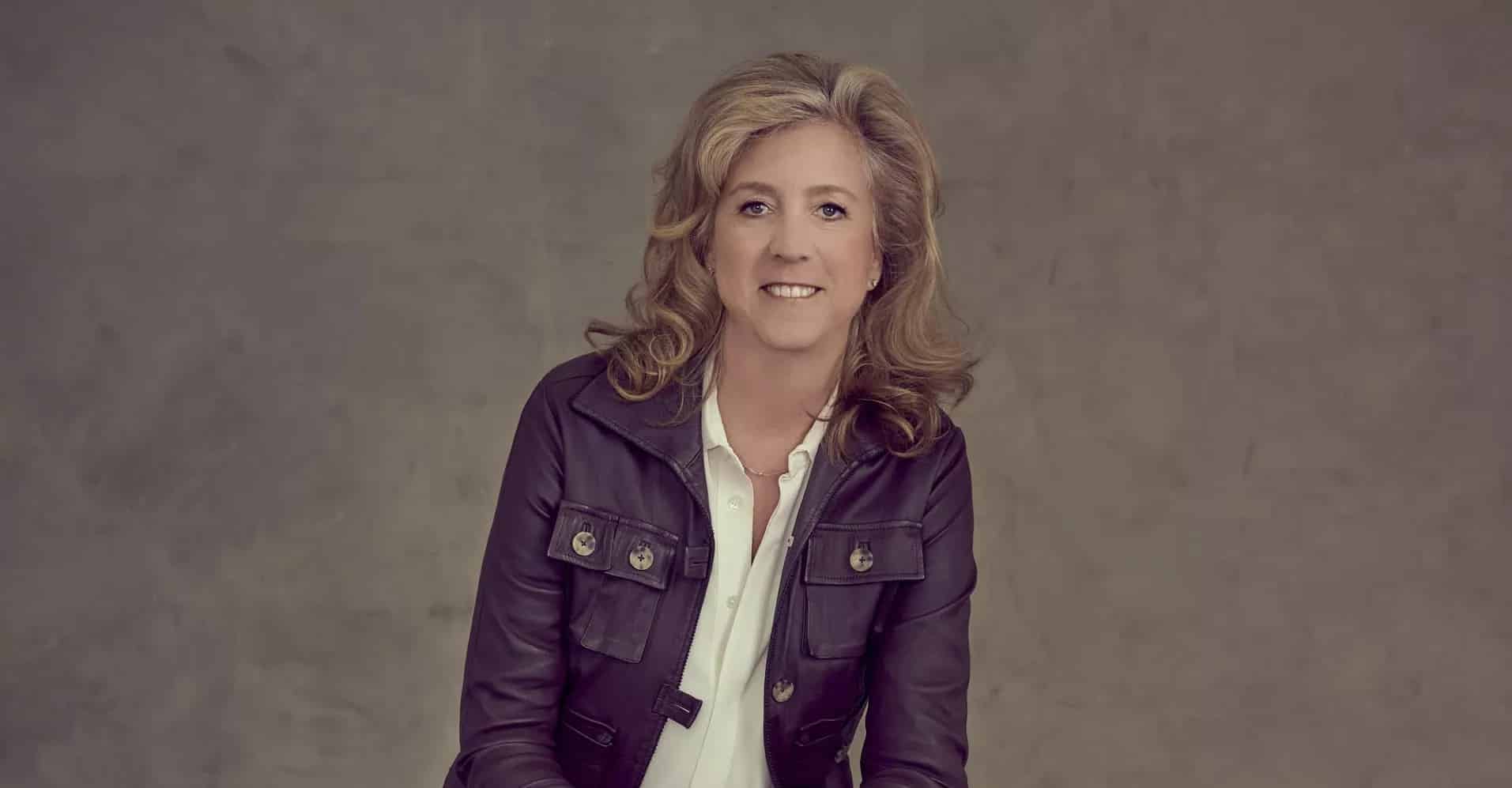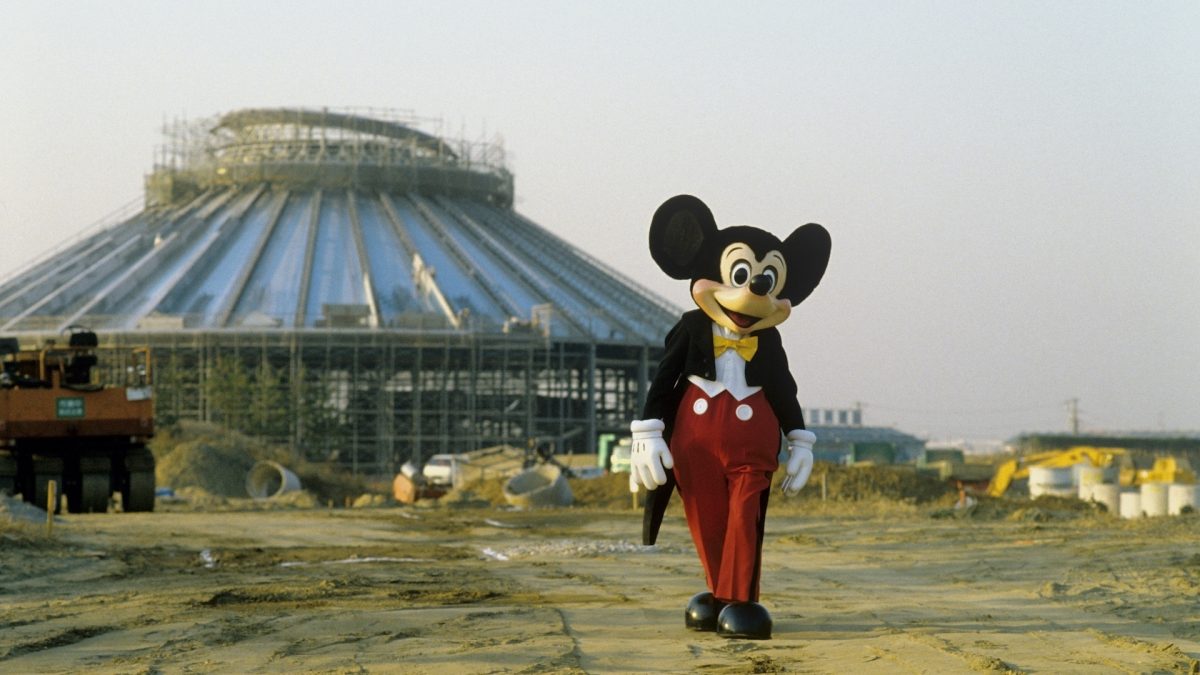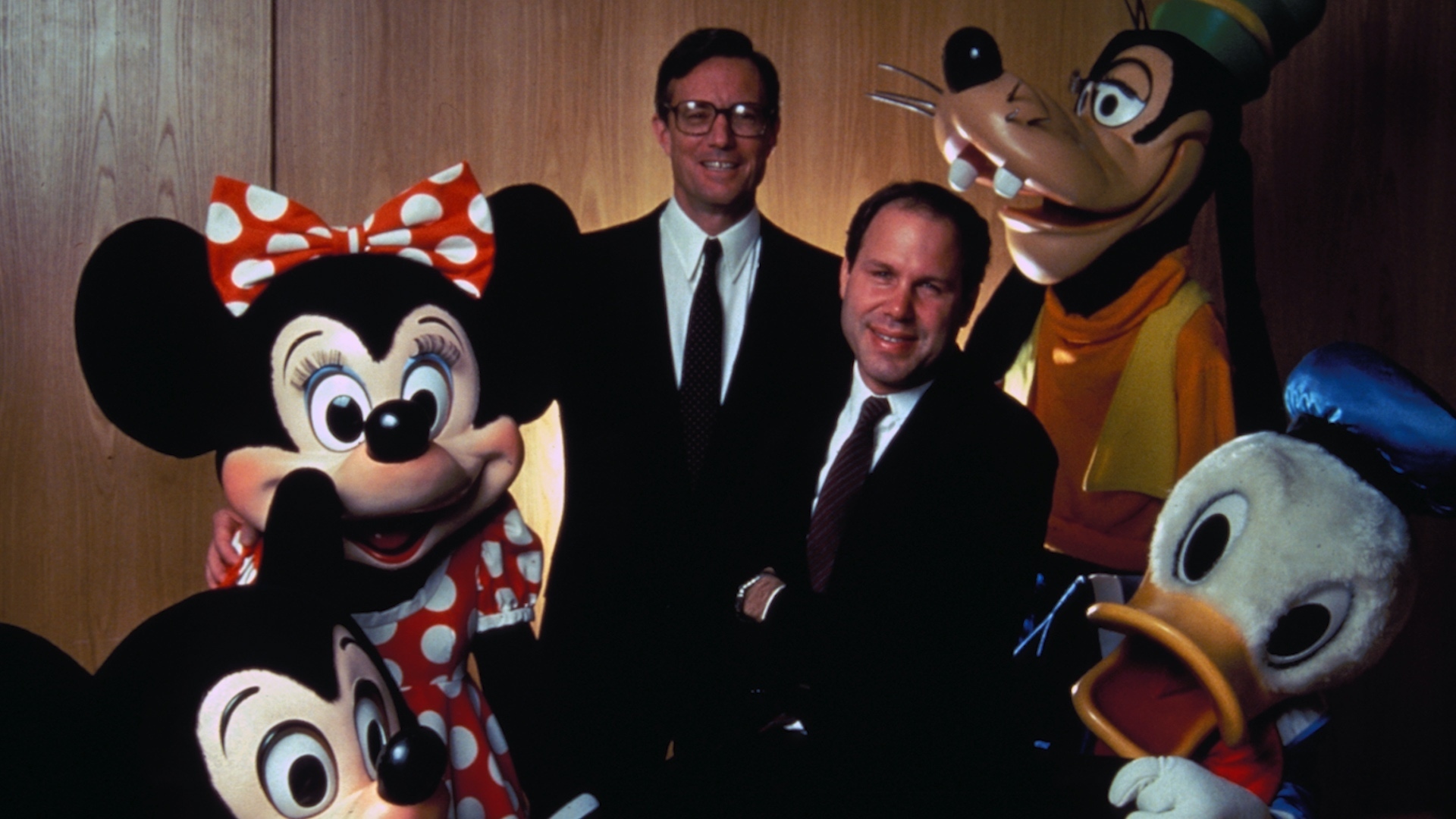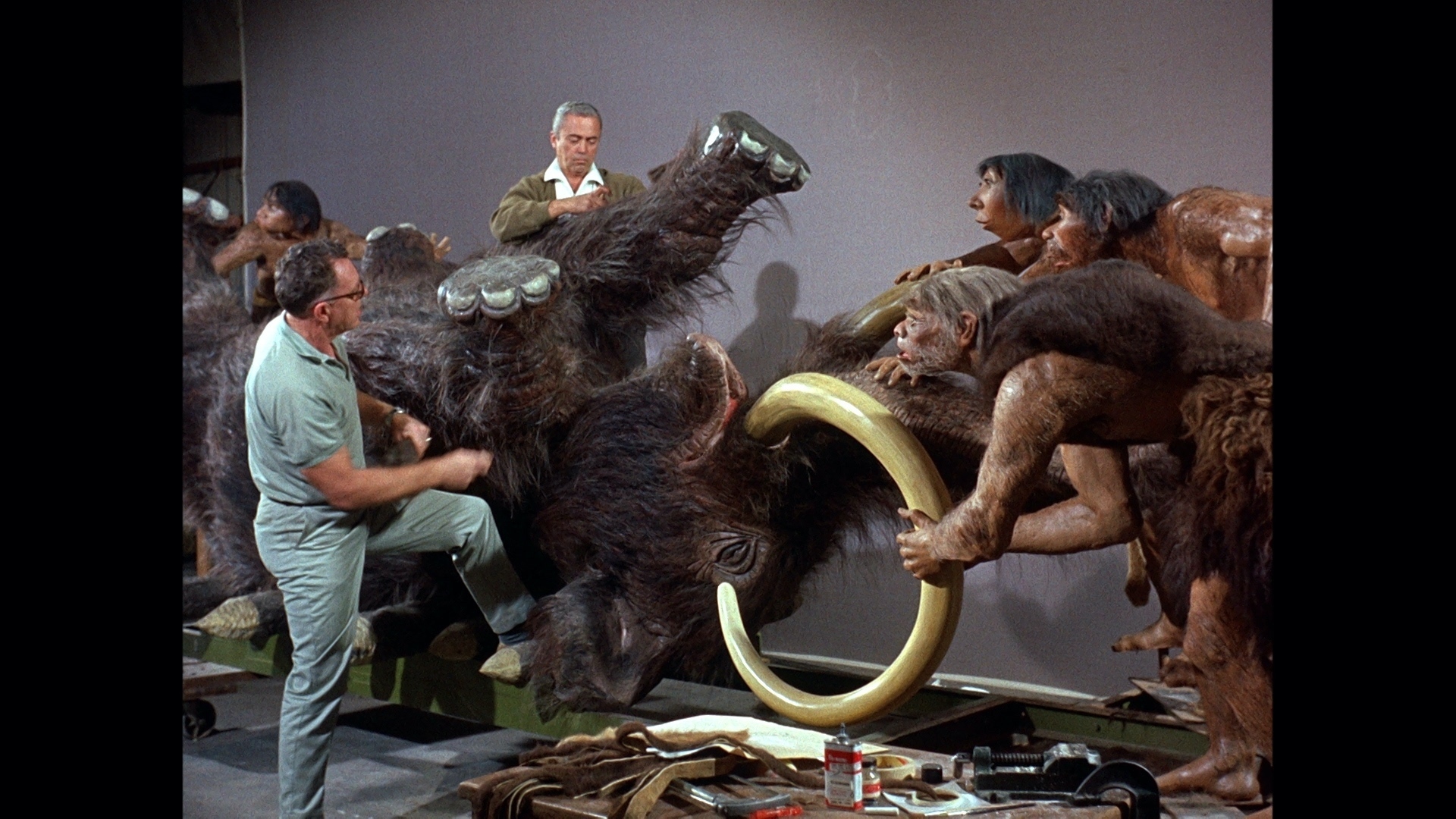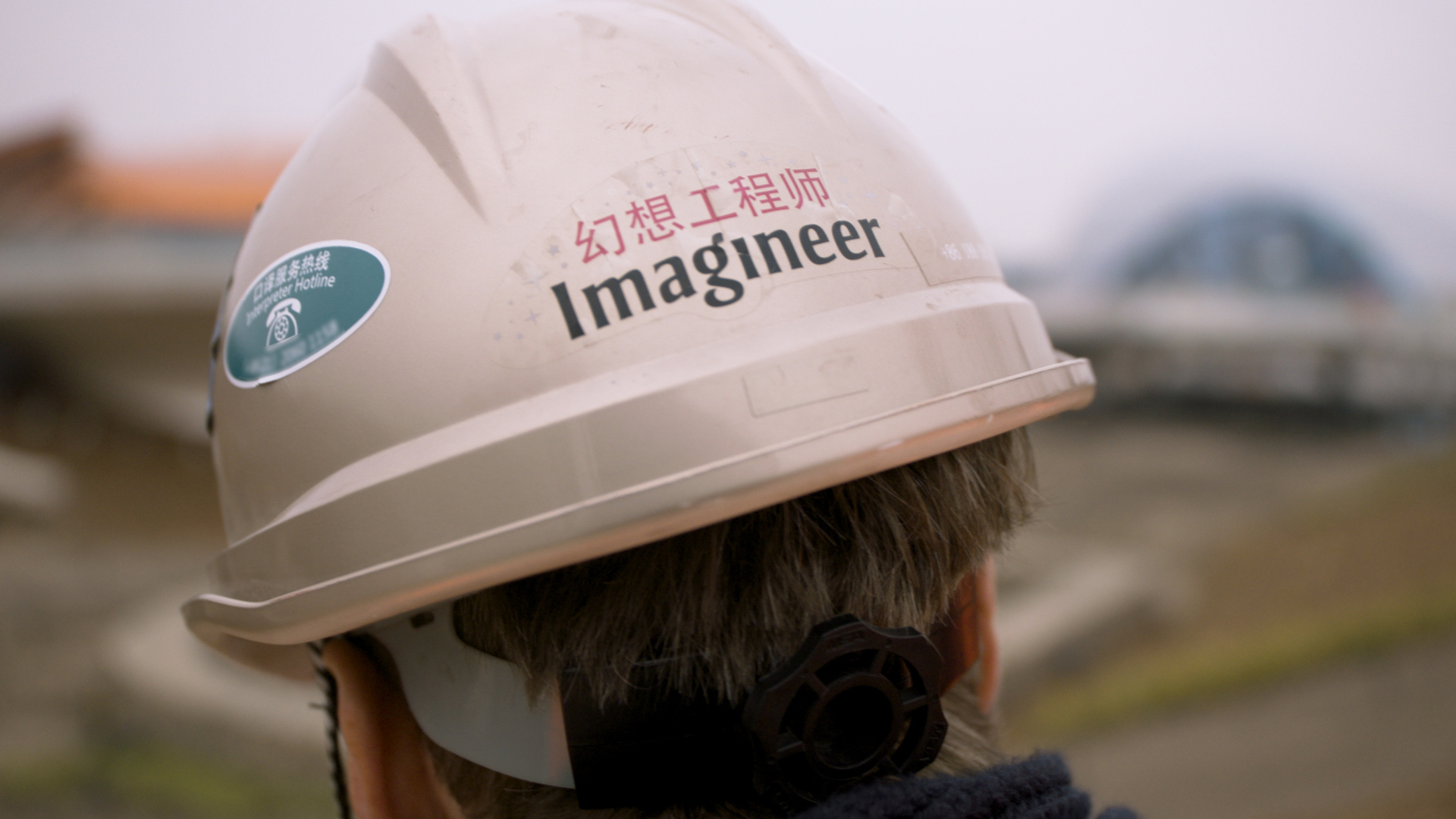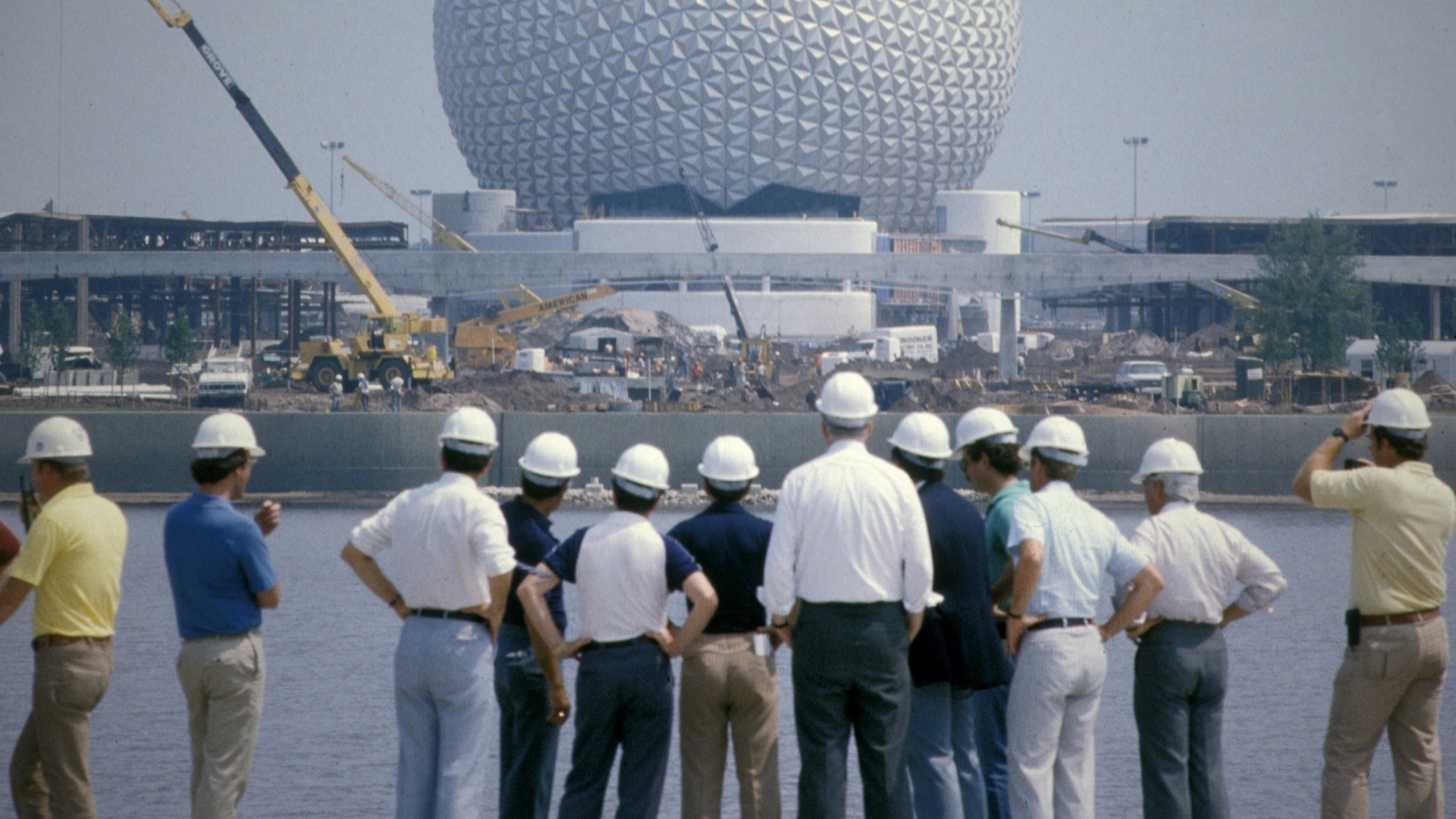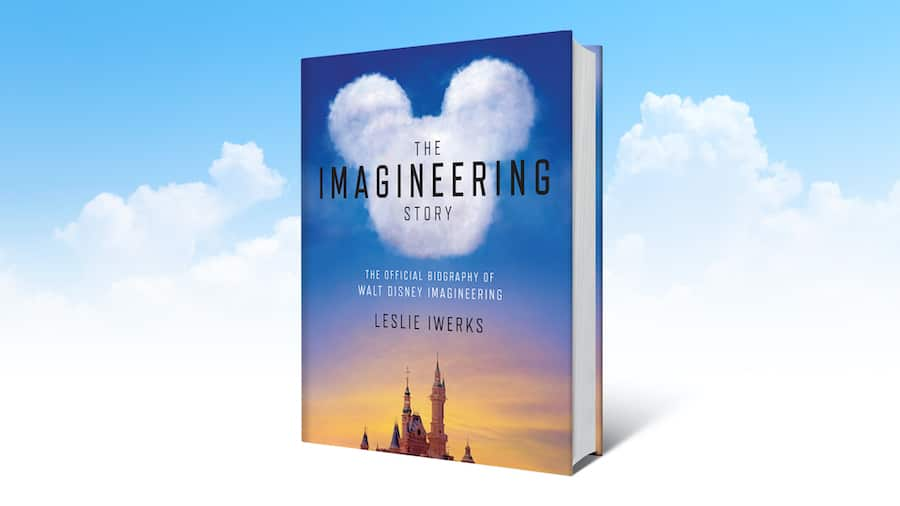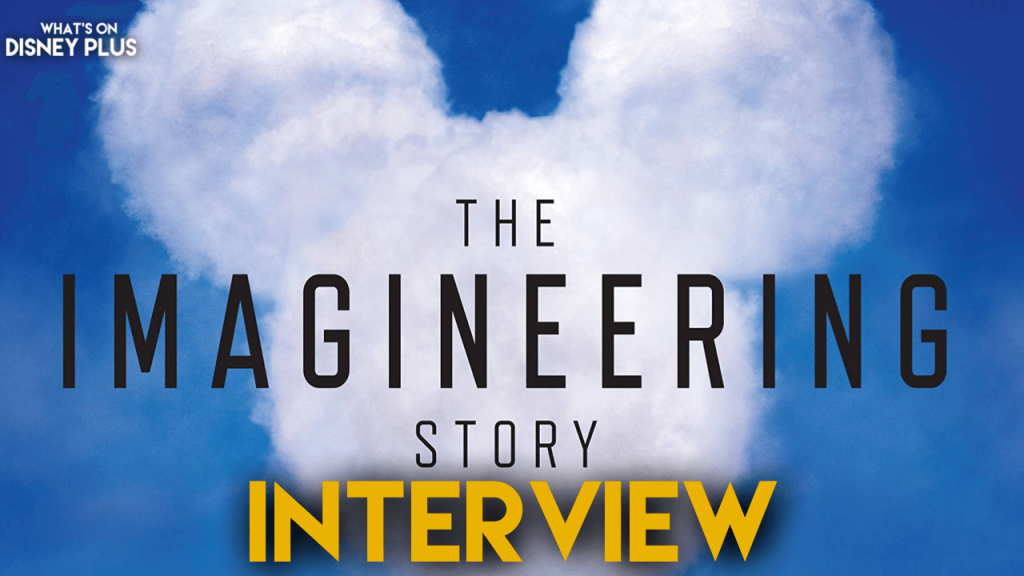
The Imagineering Story | Leslie Iwerks | Exclusive Interview
Following on from the massive success of the documentary Disney+ Original series, “The Imagineering Story”, Oscar-nominated directory, Leslie Iwerks, has so many stories and details that were left on the cutting room floor, she wanted to continue the story of the talented Walt Disney Imagineers and has released a brand new book, “The Imagineering Story: The Official Biography Of Walt Disney Imagineering”, which is available now at selected book stores and online retailers like Amazon.
Recently, I got to speak with Leslie Iwerks about her new book and the Disney+ series, where I asked her about the creation of the project and if we are likely to see a second season of the show, plus much more.
Where did the idea of this Imagineering story kind of come from?
Well, so the Imagineering story came from WDI Imagineering themselves back in like 2015, 2014, when I had screened my documentary on Pixar called the Pixar Story at Imagineering, and they had said, with Marty Sklar, who was then president, said, “When are you going to do our story?” So I said, “Well, you tell me. I’d love it.” So that led to what was commissioned as a five-year project to actually shoot different parts of the parks around the world over five years and to start documenting things in development, things in production, things that will come to completion. So we did that, and that turned into, from a 90-minute commissioned doc to a six-hour show that we cut together because we just thought it deserved it, and hoped that they would buy into it. And of course, they did. And Disney Plus came online right around that time, unbeknownst to us. So then they were like, “We want this.” So it worked out.
You couldn’t have planned it better, the timing and the reception for it on Disney Plus as part of the launch, it was just such a joy to see so many people react to it. And also, once COVID hit, people were able to watch it and experience the parks through it a little bit, as they were all closed around the world. So I interviewed over 200 people, on camera, over 200 people for the show, but additionally way more people by phone and email and everything else. So we basically got a treasure trove of content and information and history that really hadn’t been amassed before to this level of detail. So there was so much left on the cutting room floor, as you can imagine. And so it was thanks to Wendy Lefkon, head of Disney Publishing, basically said, “Would you like to do a book?” And I said that I would love to. So we already had all these quotes and things that were organized per person by subject that we could now start to shape into a book. And that’s kind of where we started in late 2019.
What was your personal highlight working on “The Imagineering Story?
I think I was just happy that we could incorporate so much stuff that was on the cutting room floor. A lot of the detail that you can’t put into a film, some of the dates and the times and the budgets and the people and giving a lot more credit to people that we couldn’t do in the series. So we were able to bring in a lot of new characters that you wouldn’t see in the series and a lot of new people that through time … And we went back and looked at a lot of archival interviews from people like John Hench to, you name it, all the original Imagineers all the way through time and people that worked on every single park. And so we kept it in a chronological narrative approach, or storyline. But we did flashback and we did sometimes flash forward a little bit, but ultimately we stayed in that sort of chronological approach, because it just feels like you want to see the evolution and the Imagineers today, they stand on the shoulders of those who came before.
So you’re constantly learning from the past. And when mistakes happen, when new choices are made and mistakes are ultimately discovered over time that there was not a big enough budget or what have you, whatever the reasons were for certain things that did not succeed as well as one would’ve hoped, we can now go, well it worked on this park, why didn’t you apply the same lessons to that? So then the next park will not apply the same lesson that they just learned from.
So, as I say, this story is not just for theme parks. It’s applicable to anybody, I think, across multiple industries and facets of life. I’ve said even if you’re designing a kitchen, or you’re building a house, or you’re working in the hotel industry, or in the restaurant industry, or even a clothing store, no matter what you’re doing, this book is about story and about theme and about really focusing what you want your audience to feel and what you want them to take away, so you can apply these lessons learned to I think any business.
“The Imagineering Story” covers all of the international parks, did you get to go out to all the different parks and film at them all?
I did. I did. And go behind the scenes and interview a lot of people that were the leads of each land, or the park itself, the president of that park, or the different local artists, Imagineers who had lived their life and worked their way up through the ranks in that country to work in Imagineering. It was really neat to see the different cultures and the influence on different cultures as it impacted their own lives, especially in Shanghai.
What was the biggest challenge in creating “The Imagineering Story”?
I think, it sounds kind of crazy because it was a wealth of riches, but I think it was just honing the amount of material we had. And I have such a passion for this subject, as does Mark Catalina, who was my editor and writer on the series. And we have such a passion for this subject. I grew up around it. I grew up on the back lot of Disney in many ways, going backstage to the parks. So I come to this story with sort of a DNA, or Disney’s in my blood. My grandfather was a co-creator of Mickey Mouse and designer of the original Mickey Mouse. And my father was at Disney for 35 years. So the stories and the passion that I’ve been hearing all my life, about what it means to work at Disney with Disney. With Disney, like my grandfather did, has permeated my thinking and what I want the world to feel when they see Disney and they understand what goes into these parks.
It’s not just a ride, it’s a lot of thought, a lot of experimentation, a lot of R and D, years of trial and error. So I really wanted people to appreciate the experience even more when you know what goes into it. So I guess to answer your question, it was just the challenge of what to include and what not to include. Not only just in the series but as well as in the book. I mean we could have done a 1400 page book instead of a 750, you know what I mean? I could have done a multiple volume set, but at the same time it’s good to hone it in and not bore people with too much detail. So I think we did what we could to tell the 70 year history as tightly as we could within the pages of the book that we had.
One of the things I loved about the series, and it’s kind of refreshing from an official documentary, was how you weren’t afraid to tackle some of the negative issues. How important was that to you as a filmmaker?
It was important. I mean, these stories are real. And when I interviewed a lot of people, they were hesitant, to be honest about it. They were like, “Well, we don’t want to get fired for sharing our complaints about what happened or so-and-so or whatever.” But I’m always, as a filmmaker, wanting to tell the most authentic true story. And of course, not everything’s going to make it in, because there’s a lot of things in a 70-year history that are going to happen. So of course, we’re really focusing on the things that are going to rise to the surface that were big gambles that ultimately didn’t quite pay off. And the reality is, no one’s trying to fail, no one’s wanting to fail, no one’s wanting to do a misstep. Everyone’s trying to do the best they humanly can with what they have at the time and, the choices they have at the time, what they know at the time.
So for me, I’m not trying to make anyone look bad or vilify anybody or demonize anybody. I’m just trying to say, hey, these are some choices that were made weren’t always the best. It hurt a lot of people in the process, but ultimately they survived. And this is not unique to Disney, this is common in every company. So I think it was a great thing for Disney to be honest about their own past in a way hadn’t before. I think they trusted me with white gloves to treat their brand with respect and dignity, but also to be honest about it and to gently talk through some of the things that were sensitive issues.
And we did that together. There were a lot of secrets that I was being told that I kept completely under wraps for years until something was unveiled or came out or whatever. And there were stories that I just thought, okay, I hear that, but I don’t necessarily need to tell the world that story. You know what I mean? So it was partially being really trusted, and I trusted that the studio would allowed me to tell the story that I wanted to. And Bob Iger told me he flat out, said he was very impressed with just how frank the show was, and there was a lot of things that he didn’t even know. So that was the ultimate compliment.
It was refreshing to be open about the problems, so, that it didn’t feel like an advertisement. Because that’s the trouble, it could have fallen into.
Yeah, totally. And also the fact that Michael Eisner, Bob Iger called Michael and said, “Would you do this interview?” And he said, “Sure.” And he was completely frank and honest with me. I mean the interview was so great, and I was not expecting that. I was expecting him to be a bit defensive about certain things, and I have to be careful about how I ask things and that I’m not trying to attack anybody or blame them or corner them. So to me, it’s more about, hey, these choices were made, why were they chosen? What were the effects, and were there regrets, and what would you do differently? I mean those are kind of the basic questions, and everybody has answers to those. And again, everyone’s trying to do the best job they can at the time that they’re making that decision, right? So no one’s trying to, at the end of the day, the company is about joy and creating magic and bringing happiness to the world. So we just keep looking at that as our ultimate goal, and you can’t blame anybody too hard.
What is your favourite attraction at any of the Disney parts?
For me it would be the original Pirates of the Caribbean. I also love Haunted Mansion, and I also love Matterhorn. I’m just an old school, I like the originals. But I would also say the Pirates of the Caribbean in Shanghai is probably right up there with the original Pirates. I mean they’re completely opposite and they’re, one is old school brilliant, and the new one is new school brilliant. State-of-the-art technology.
Would you like to do a second season for the Imagineering Story, or maybe a follow on movie, at some point later down the line?
I would, there’s been discussions. I think the tricky part is we want to let a little time go by, because we did it in such a chronology approach that I think that a little bit more time should transpire to get new stories. There’s a whole new generation of Imagineers coming in and there’s a lot going on right now, which could be documented as we speak. But I think it just feels to me like, I don’t know, maybe we need a little time.
“The Imagineering Story” series is available to stream now on Disney+, and the companion book, is also available at good bookshops and at online retailers, including Amazon

